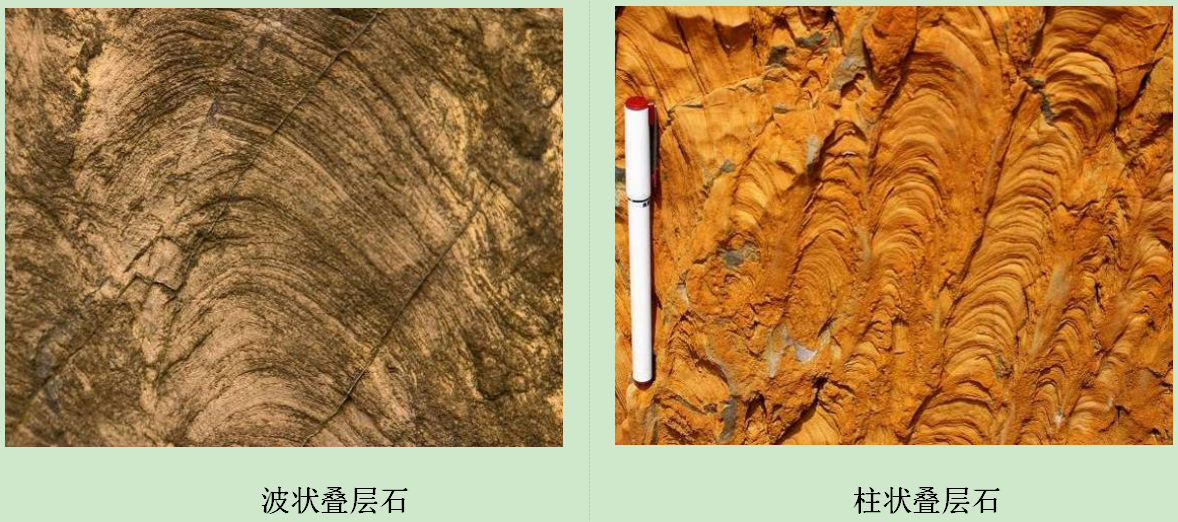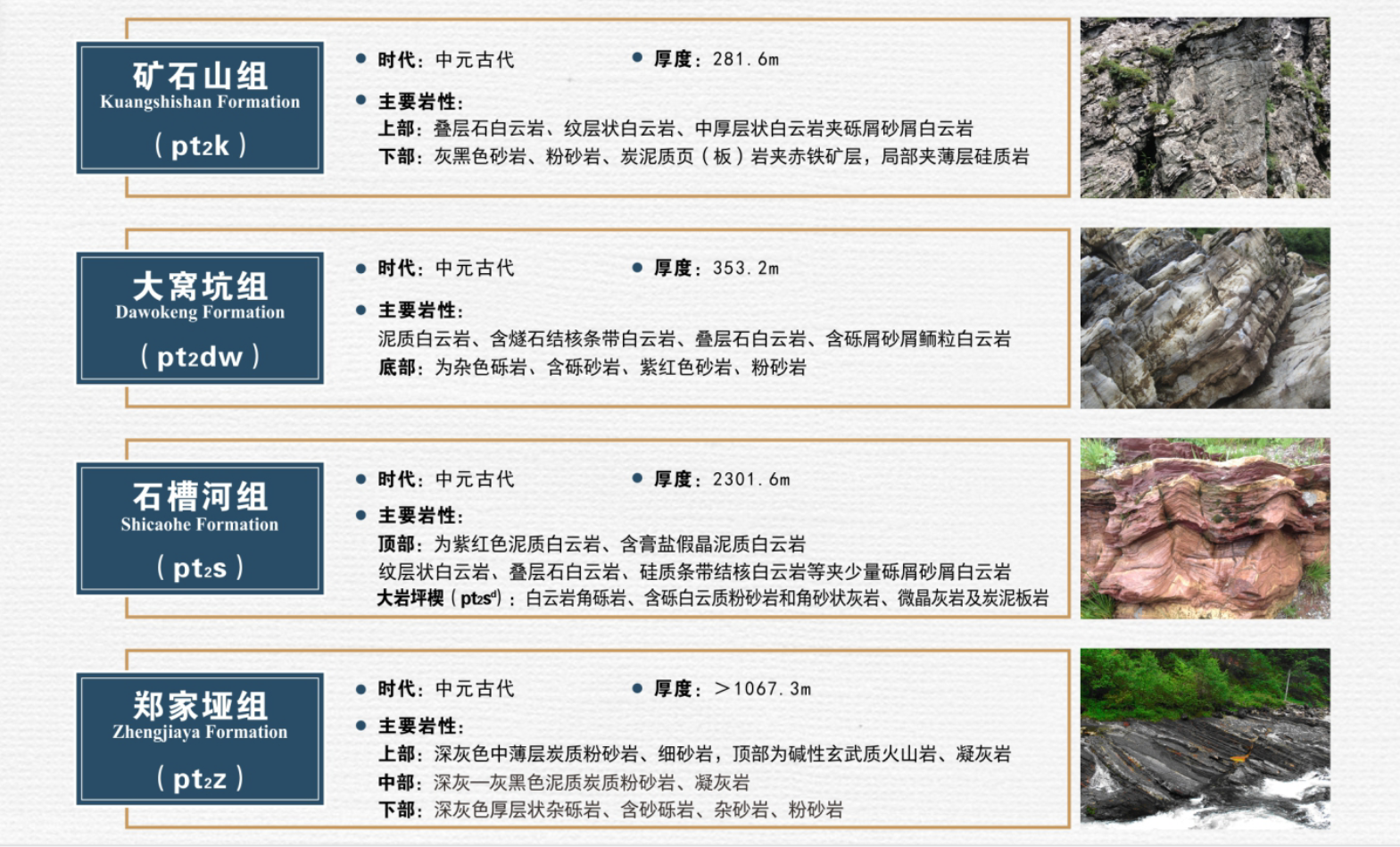Shennongjia Group Strata and Stromatolites
Updated:2022-09-20 Source:Shennongjia National Park
Shennongjia is one of the regions with the most completely preserved Late Precambrian strata in the world. It not only clearly records the unique geological evolution history of the Shennongjia area, but also is a key to solving the problem of global Precambrian stratigraphic correlation.


The Shennongjia Group is a set of Mesoproterozoic strata formed about 1.6-1 billion years ago. It is a set of sedimentary strata dominated by carbonate rocks, with a deposition thickness of more than 4,000m. It is the oldest strata in the Shennongjia area. It is divided from bottom to top into the Zhengjiaya Formation, the Shicaohe Formation, the Dawokeng Formation and the Kuangshishan Formation, and together with the Liangfengya Formation in the early Neoproterozoic (about 1-0.8 billion years ago) constitute the ancient fold basement in the Shennongjia area.
The oldest biological community on earth - stromatolites formed by cyanobacteria developed in the Shennongjia Group strata. The stromatolite is the most common "subfossil" in the carbonate deposits of the Precambrian (540 million years ago). The stromatolite is called a "subfossil" because it is not the remains of a living thing, but the remains of a primitive algal life. These primitive algae, which were attached to the rocks on the seabed, captured tiny particles in the water during life activities and periodically built layer upon layer of microbial induced sedimentary structures.

As the most primitive precursor of life on earth, the primitive algae that formed stromatolites continuously carried out photosynthesis and produced a large amount of oxygen, which completely changed the composition of the Earth's atmosphere and provided a basic environment for the survival of all kinds of later organisms.
Since the morphological characteristics of stromatolites are controlled by the sedimentary environment, the reconstruction of paleoenvironments using stromatolites is of great significance to sedimentology and environmental science research. These primitive algae always built this microlayered structure according to inherent laws in day and night throughout the year. According to research, the micro-layered structure of stromatolites, which is similar to annual rings, can perfectly reflect the changes of day and night and seasons. Therefore, we can infer the geological history information such as the time length of a year, a month and a day on the earth, and the length of each day through the changes in its structure, so as to further infer the changes and laws of the earth's rotation speed. It is a miracle that the remains of these tiny primitive creatures can provide such important clues and information for human scientific research.

Copyright Shennongjia National Park
Address:36 Chulin Road, Muyu Town, Shennongjia Forestry District, Hubei Province 鄂ICP备18005077号-3
Address:36 Chulin Road, Muyu Town, Shennongjia Forestry District, Hubei Province 鄂ICP备18005077号-3
Email:2673990569@qq.com
Phone:0719-3453368
Phone:0719-3453368


TOP

